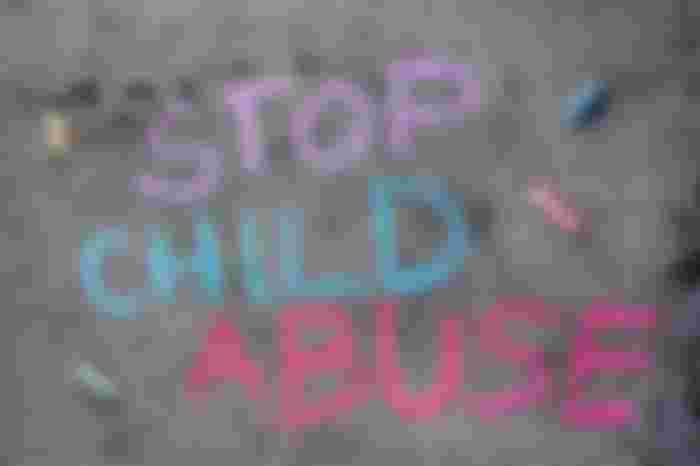There is no doubt that child abuse exists in society. There is also no doubt that it can have adverse effects on the health and education of the child and on the family and society as a whole. We should recognize the seriousness of this issue and work to eliminate it.
Child Abuse
According to the US Department of Health and Human Services, there were 1.6 million cases of child abuse and neglect in 2001. Child Protective Services (CPS) investigates all reports of suspected child abuse. Approximately 80 percent of child abuse and neglect cases reported to CPS are substantiated.
About 85 percent of all CPS reports involve emotional abuse, such as punishment by not letting the child watch television or going to bed early; only about 10 percent involve physical abuse. CPS has been on the front lines of the fight against child abuse for more than 100 years.
CPS has helped thousands of abused and neglected children be reunited with their families. Most states have an established CPS system with dedicated funding. Some states have established special courts where abuse cases are considered.
When a child is taken from its home, the system does its best to give the child a safe environment and to place it with a permanent family that can meet its physical, emotional, and spiritual needs.
We are pleased that CPS and its partners in child protection are now focusing on preventing abuse from occurring. This work includes the formation of child abuse prevention coalitions, which are working to educate both parents and children about appropriate discipline and development of self-control and emotional well-being.

Neglected Children
About 2 million children in the United States are living in family settings in which neglect is occurring. About the same number is under the supervision of an adult who fails to provide adequate care and supervision. Neglected children are physically or emotionally abused or neglected.
Abuse and neglect may occur at home, in foster care, in child welfare, or in other temporary or permanent childcare settings. Neglect is not necessarily physical; neglect is the withholding of necessary care from a child.
Neglect can be physical or emotional. Physical neglect involves the absence of proper care or the presence of serious physical injury. Emotional neglect involves the failure to provide emotional and behavioral stimulation.
More than 70 percent of neglected children suffer emotional neglect. For example, a child who sleeps in her own filth because of hunger and illness is neglected. A child who is deprived of emotional stimulation and affection is neglected.
A child who is abandoned in a store or a street is neglected. Neglect is a form of child abuse that is the most common form of child abuse, and the most avoidable. It occurs when an adult disregards a child's right to be protected from harm.
Consequences of Abuse
1. Emotional
Children who are emotionally abused may act out, develop self-destructive behavior, and engage in substance abuse. These children become very anxious about their lives and often feel unloved.
2. Physical
Abuse can lead to a broken bone or other medical injury. Sexual abuse of a child can lead to the development of a sexually transmitted disease or cervical cancer. Children who have been physically abused may suffer from stress disorders and a range of emotional and behavioral problems. They may become aggressive, violent, antisocial, and even suicidal.
